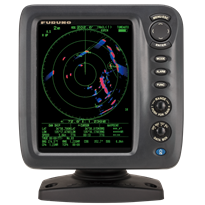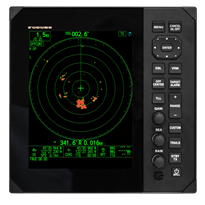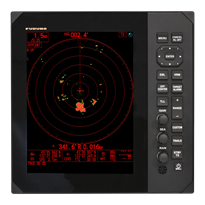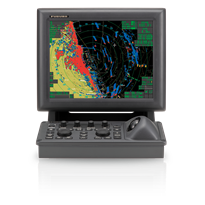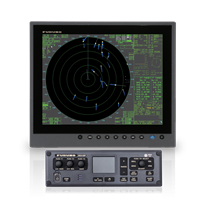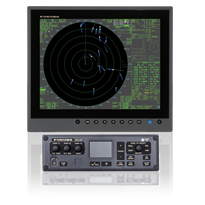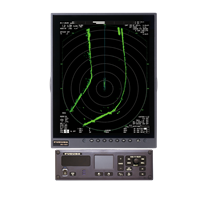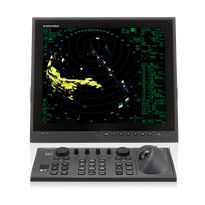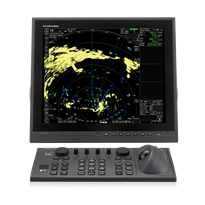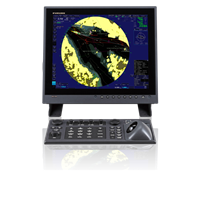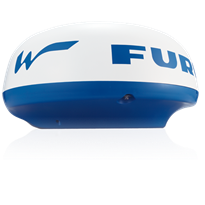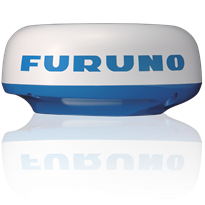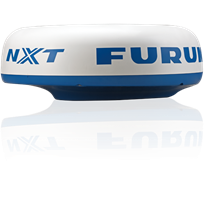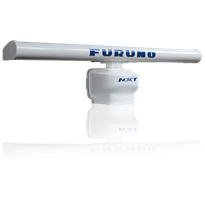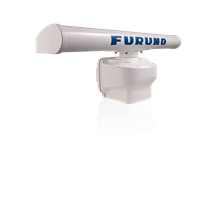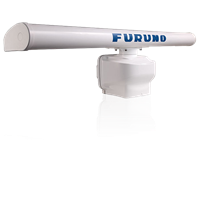Furuno is the benchmark in Radar technology!
The name Furuno is synonymous with Radar, and when a Furuno Radar is on your boat, everyone in the harbor knows that you demand only the best for your vessel.
FURUNO is the most trusted name in Radar.
When it comes to safety on the water, no other piece of electronic equipment on your bridge is as important as your Radar. For more than 40 years, Furuno Radars have consistently won the prestigious NMEA (National Marine Electronics Association) award for Best Radar. Whether you are looking for a compact 2.2kW unit or a commercial grade 50kW Radar, Furuno is the single largest source of Radars you can rely on.
-
1815
Details4 kW Transmitter, 36 NM Radar System with 8.4" Color LCD display and 19" Radome
-
FR10
10.4" Portrait-Style Radar Display, less radome or gearbox/arrayDetails -
FR12
12.1" Portrait-Style Radar Display, less radome or gearbox/arrayDetails -
FAR1416
Temporarily Unavailable - 12 kW Transmitter, 72 NM Radar System with 15" Color LCD Display (Portrait or Landscape), less Antenna and CableDetails -
FAR1426
Temporarily Unavailable - 25 kW Transmitter, 96 NM Radar System with 15" Color LCD Display (Portrait or Landscape), less Antenna and CableDetails
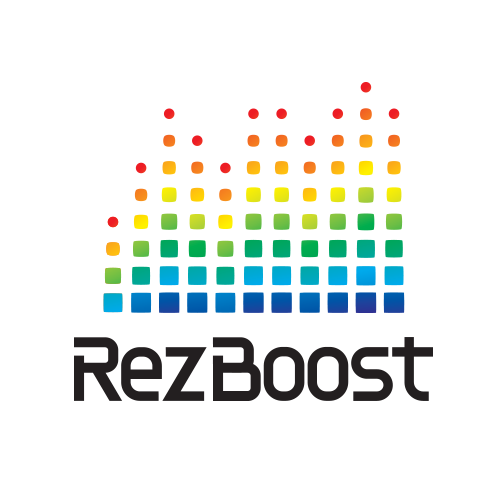
RezBoost Beam Sharpening
RezBoost™ beam sharpening technology is available in select Radar units. With RezBoost™, you'll see more detailed targets with less clutter.
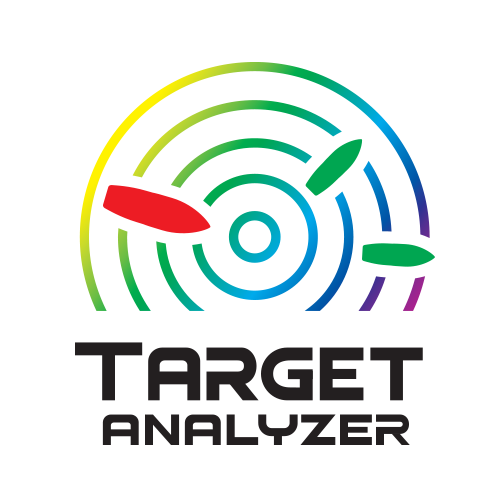
Target Analyzer
With Furuno's exlcusive Target Analyzer, targets that are approaching your vessel automatically change color to help you identify when they are hazardous. Green echoes are targets that stay stationary, or are moving away from you, while red echoes are hazardous targets that are moving towards your vessel. Echoes dynamically change colors as targets approach or get farther away from your vessel.
Target Analyzer improves situational awareness and can increase safety by showing you which targets to look out for.
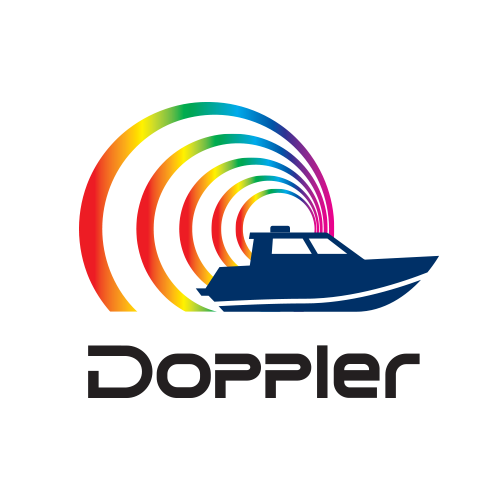
Fast Target Tracking utilizing Doppler technology
With Doppler technology, any vessel approaching yours will automatically display a target vector as well as sound an alarm. Select any target, and it only takes a few seconds to display a speed and course vector. With accurate tracking information, estimation of other vessel's course and speed is greatly simplified. Up to 100 targets can be displayed simultaneously.
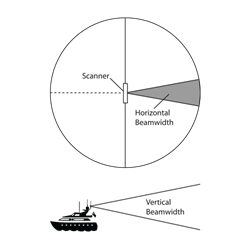
Basic Radar Terms:
Beamwidth
Beamwidth is the angular width, horizontal or vertical, of the path taken by the Radar pulse. Horizontal beamwidth ranges from 0.75 to 5 degrees, and vertical beamwidth from 20 to 25 degrees.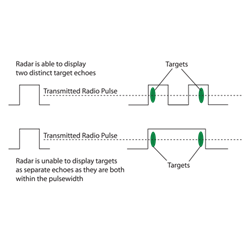
Range Resolution
Different than display resolution, which is a measure of the pixels in an LCD display, Radar resolution describes the Radar’s ability to distinctly display two Radar targets which are close to each other. Radar has two types of resolution: Range, and Bearing.
Range Resolution is a measure of the capability of the Radar to display as separate pips the echoes received from two targets that are on the same bearing and are close together. The main factor that affects range resolution is pulselength. A short pulselength gives better range resolution than a long pulselength.
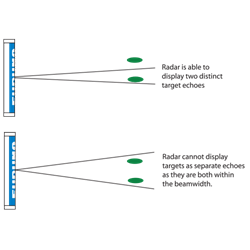
Radar Resolution
Bearing Resolution is a measure of the capability of the Radar to display as separate targets the echoes received from two targets that are at the same range and close together. The principal factor affecting bearing resolution is horizontal beamwidth. The narrower the horizontal beamwidth, the better the bearing resolution.
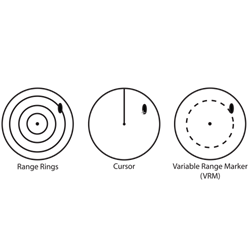
Measuring Range
The range from own ship to target can be measured in three ways: by Range Rings, by Cursor, and by the Variable Range Marker (VRM).
The RINGS key shows/hides the range rings and adjusts their brilliance. To measure range by the range rings, count the number of rings between the center of the display and the echo. Check the range ring interval at the top of the display and judge the distance of the echo from the inner edge of the nearest ring.
The cursor provides a more accurate measurement of range to targets. Set the cursor intersection on the inner edge of the target. The range from own ship to target appears on the display.
The VRM, like the cursor, provides a more accurate measurement of the range to targets. Display a VRM and adjust it so that it rests on the inner edge of the target. The range to target appears on the VRM readout.
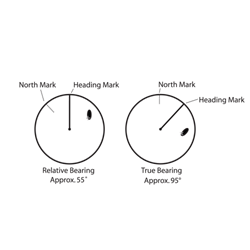
Measuring Bearing
The relative bearing from own ship to targets can be measured by the cursor and by the EBL (Electronics Bearing Line).
To measure bearing by cursor, set the cursor intersection on the center of the echo. The bearing from own ship to target appears on the display.
To measure bearing by EBL, display an EBL and adjust it so that it bisects the target. The bearing to the target appears on the EBL readout. Bearing relative to heading is relative bearing, while bearing relative to North is true bearing.
With a Gyro or Satellite Compass connection, you can display true bearing. Without a compass connection, you can determine true bearing by simply adding relative bearing to your compass reading: if the sum is over 360 degrees, subtract 360 from the number.


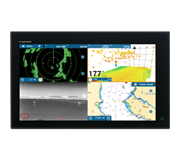 NavNet MFDs
NavNet MFDs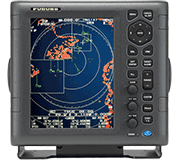 Radars
Radars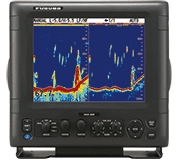 Fish Finders & Transducers
Fish Finders & Transducers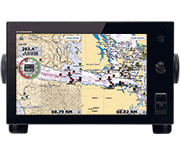 GPS & Chart Plotters
GPS & Chart Plotters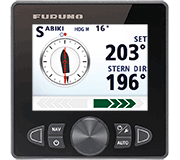 Autopilots
Autopilots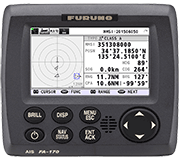 Navigation
Navigation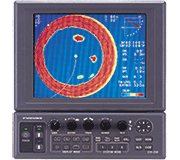 Sonars
Sonars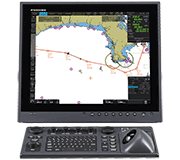 Commercial
Commercial



